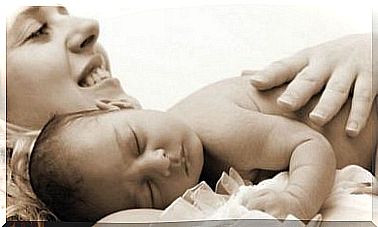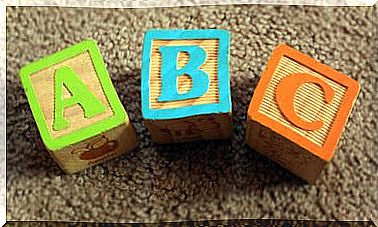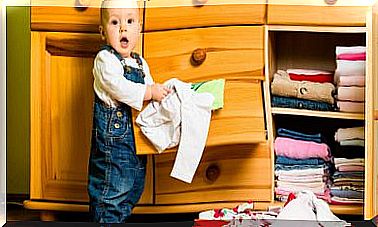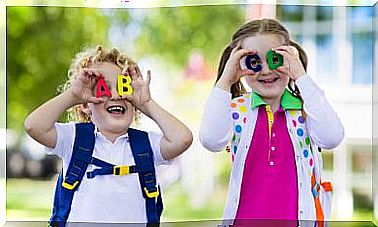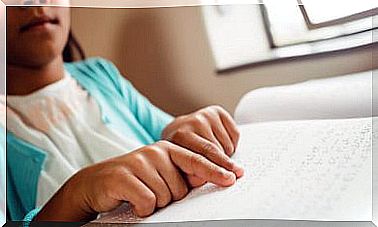How Do I Know If My Child Needs Glasses?
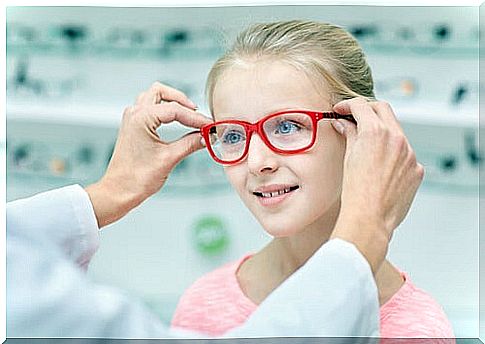
Children, like adults, access 80% of their perceptions of their surroundings thanks to their sense of sight, so having a clear vision is a fundamental fact for their proper development and learning.
Fortunately, unlike us, the smallest of the house do not usually need glasses because most have excellent vision.
But there are, of course, exceptions: around 1 in 5 school-age children suffers from an eye problem (myopia, hyperopia or strabismus are usually the most common).
And the biggest concern of parents is how to detect in time if their child needs glasses, when he himself may not be aware of his own vision problems because he does not differentiate sharpness from blurry (or, if he is very young, he can being simply unable to communicate the difficulties you are experiencing).
First months of life
We have said before that children often have “excellent vision.” Well, that’s not entirely true: in their first weeks of life, most babies are farsighted. But this is due to the small size of his eyeball, a problem that is usually compensated by growth.
However, if hyperopia persists or if there is a complementary problem, it is vital to detect it as soon as possible to prevent it from degenerating with age. To this is added that premature children (or those born with less than 1.5 kg of weight) have a greater probability of developing vision problems in the future.
For all this, ophthalmologists recommend that babies undergo their first eye examination during the first 12 months of life.
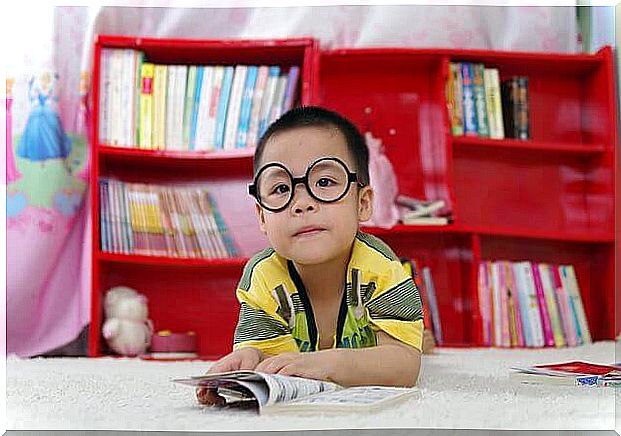
Signs that something is wrong
Regardless of whether you have already taken your child to the ophthalmologist, you should consider revisiting his office if he begins to show any of these symptoms:
- Close, wink, or rub your eyes frequently.
- Squint to focus.
- He reads almost sticking his face to the book or computer.
- You get lost when reading or have to use your finger to orient yourself while reading.
- Look by tilting your head back or to the side.
- You suffer from dizziness, nausea, or headaches on a regular basis.
- His eyes are sore at the end of the day or after class.
- They are no longer interested in outdoor games that he had been practicing (because he did not see the ball).
What are the most common visual problems?
Myopia
What was previously known as “nearsightedness.” It is caused because the size of the eyeball is slightly larger than normal, which leads it to focus clearly on near objects, but not on distant objects, which are perceived in a blurry way when the image is formed in front of the retina.
Once it appears, it usually tends to increase progressively … But the good thing is that a few glasses will be enough for your child to see well again.
Farsightedness
The opposite case of myopia: an eye that is too small causes the child to focus on objects behind the retina, making it difficult for him to focus and see things up close. Milder cases usually disappear before the age of 10 without requiring the use of glasses.
Astigmatism
The curvature of the cornea is irregular, causing a slightly distorted vision, with light areas and blurred areas. It is usually a birth defect, so it does not get worse over time. If it’s mild enough not to cause eye strain or headaches, you don’t need to wear glasses.
Lazy eye
It is the problem that appears when the brain detects that each eye offers different images, which do not fit, and learns to systematically ignore the information offered by one of them.
This can happen for two reasons: because said eye suffers from one of the problems mentioned above in a greater proportion than the other, or because there is a problem with muscular coordination of the eyes (strabismus or deviated vision). This can lead to serious vision development problems in the future, and loss of binocular vision.
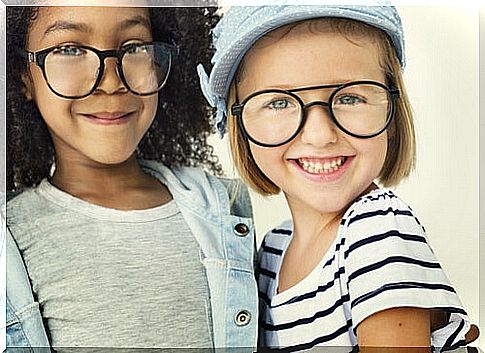
And if in the end there is no other option but to wear glasses …
If, after visiting the ophthalmologist, the conclusion is that your little one should wear glasses, it will be necessary to be careful with his first contact with them: above all, it is essential not to present them as something negative, but as a great -almost magical- accessory that will allow you to suddenly see things so small or far that you could not even see before.
To make it easier for the child to accept the ones we buy them, the ideal is to offer them the option of choosing their frame. With regard to crystals, we must choose an option compatible with their active life, which prevents the first hit during a game from shattering them: most specialists recommend organic crystals for these cases.
And it can be useful to provide the temples of the glasses with silicone heels to prevent them from being nailed in the event of a blow.

